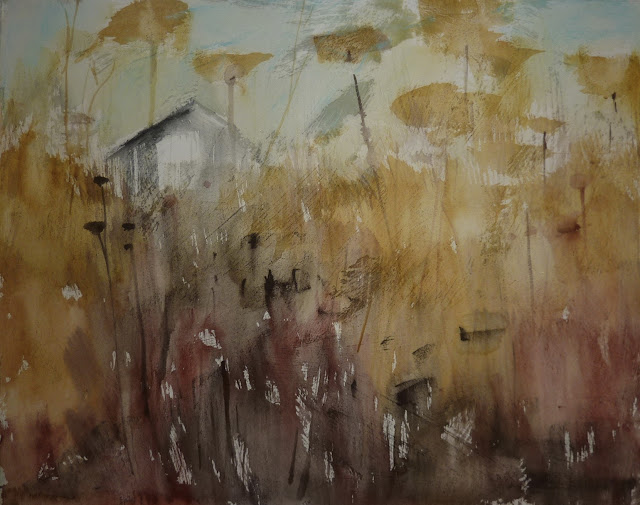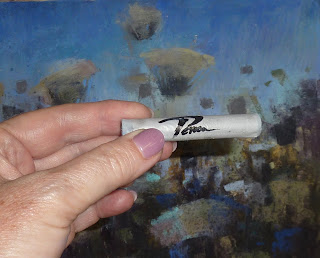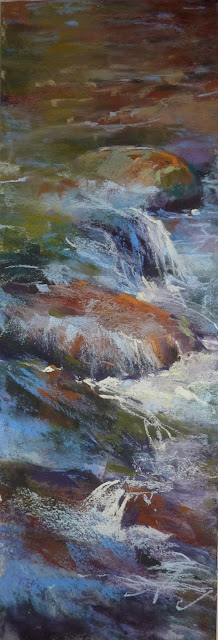It's the paper we love to hate. It is often the paper we use when we first discover pastels. Canson Mi-Teintes paper. It is inexpensive and readily available. We often choose it over sanded paper because of these reasons. It is the 'training' paper of choice. But when we discover sanded paper it is often hard to go back to Canson.
I happen to love Canson Mi-Teintes paper. It wasn't always the case. I struggled with it. It seemed as though my colors weren't as fresh. I filled the tooth too quickly and my paintings quickly turned muddy and dull. I stopped using it and turned to sanded papers.
Curiosity and seeing other wonderful work done on Canson encouraged me to give it another try. This time I was ready for it. I had learned more about pastels and refined my touch. That was the key! Now I understood how to get the effects I wanted. I loved the soft feel to the paper. It is now one of my favorite papers.
Give it another try! Here are 3 tips to get you started:

1. Choose the correct side. Canson has a smooth side and a bumpy side. The official correct side is the bumpy side. Most pastelists prefer the other side which is smooth. If you like a regular texture throughout your painting then you want the bumpy side. If you don't want any texture choose the smooth side. TIP: Hold the paper under a light to better see the little dimples of the bumpy side then tape it down right away! (before you forget which side you want)
2. Work with a LIGHT TOUCH. Canson paper does not have much tooth or grabbing power. It is easy to get too much pastel on the paper. When that happens you are finished! The more you try to add the muddier the painting will be. If you start the painting with a very light touch and whisper your pastel strokes you will be able to build more layers. Let the tone of the paper show through. If you can't see the paper in your beginning layers your touch is heavy. For more layering... whisper don't shout.
 |
| The heavily applied pastel looks thick and muddy. The lightly applied pastel looks light and airy. |
3. Use Softer pastels. You can certainly use hard pastels such as NuPastels and Rembrandts on Canson but they don't give you the same look as the softer pastels. I have more success with softer pastels such as Terry Ludwig pastels. Diane Townsend pastels work especially well since the pumice in them opens up the paper.
A light touch with softer pastels on the smooth side of the paper is my recipe for success.Bonus tip: Try lightly sanding the surface of the paper to rough it up some and provide more tooth.Here is some information about Canson Mi-Teintes from the Canson website:
Canson® Mi-Teintes® is a pulp-dyed colour paper that has won worldwide recognition for its qualities. An authentic art paper: it is gelatine stock-sized which limits the absorption of pigments in order to show colours at their best.
It has the highest cotton content (more than 50%) on the market, combining mechanical resistance and a sensuous feel. In addition to its qualities as a drawing medium, Canson® Mi-Teintes® complies with the ISO 9706 standard on permanence, a guarantee of excellent conservation.
Furthermore it has the advantage of having a different texture on either side: a honeycombed side characteristic of Canson® Mi-Teintes®; and fine grain on the other.
It boasts the richest range of colours on the market, with 50 light-resistant tones.


















































